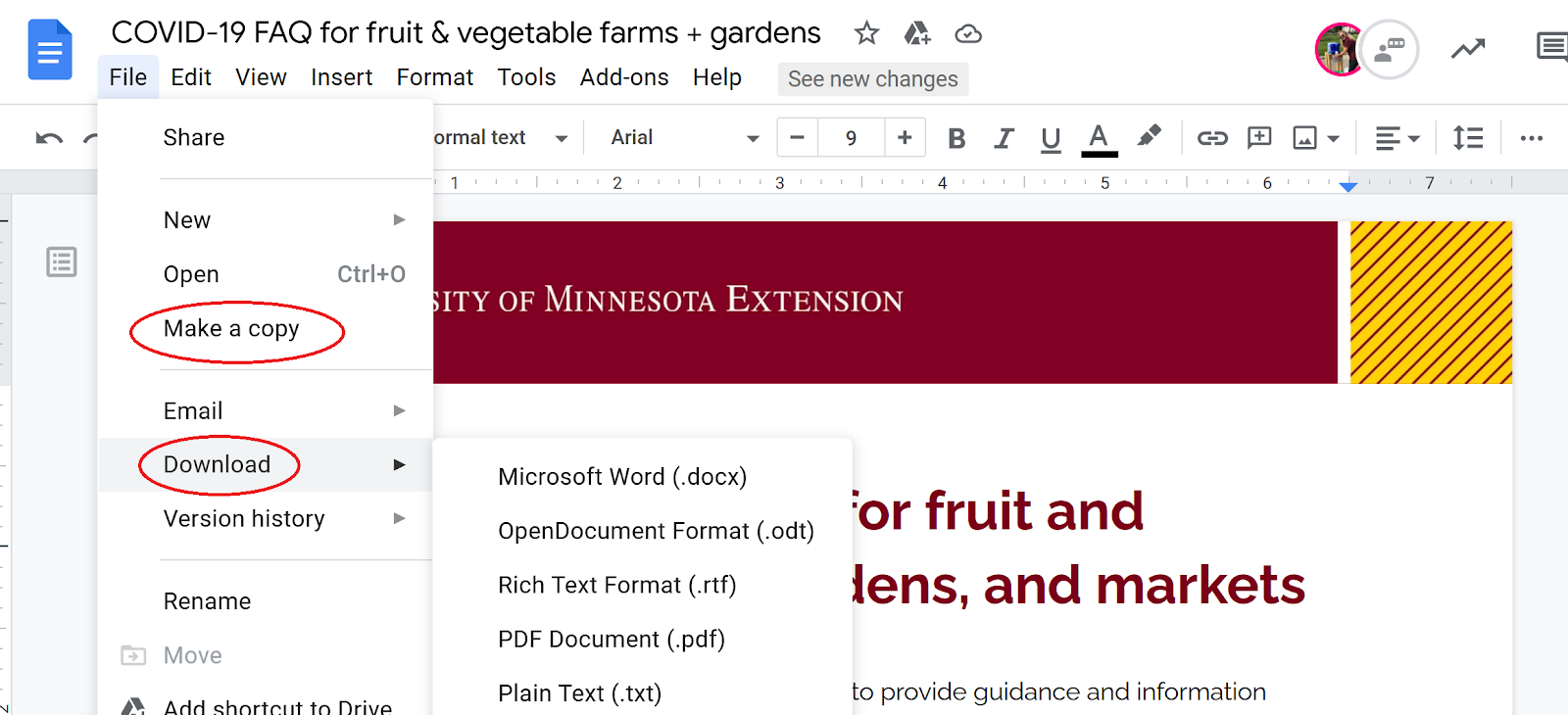While we have reason to be hopeful about COVID-19 and, in general, numbers are slowly decreasing, we are not yet out of the woods. Community garden leaders and anyone managing a garden that is open to the public should continue to have plans for managing risks related to COVID-19.
Download our revised resources
We’ve updated our community garden COVID-19 response plan template and accompanying FAQ page to reflect current guidance from the CDC. Garden leaders can download the template and adapt it to fit their needs.
Pandemic fatigue is real, and it is possible that more people will push back against physical distancing, mask-wearing, handwashing and other protocols. People who have been vaccinated might think that basic precautions are no longer needed. While many people are now receiving vaccines, gardeners should continue to follow COVID-19 safety protocols.
Public health officials do not currently know exactly to what extent vaccines reduce transmission, so it is critical to maintain physical distancing and mask-wearing until we have reached “herd immunity.”
There are many members of the community that are at moderate or high risk of severe illness if they contract COVID-19. Our continued efforts to reduce transmission protect us all.
Best practices for safety protocols in the garden
We conducted a series of focus groups with farmers this winter to learn more about their experiences managing staff and customers during the pandemic. They shared the following insights:
- Garden leaders should reassess their safety plans together with their garden communities and make adjustments based on what worked and what didn't last year.
- Engage garden members in building a plan; when individuals are able to participate in the process of setting community norms, they are more likely to follow them.
- Prioritize frequent and clear communication with garden members and anyone who visits the garden.
- Let gardeners know what to expect ahead of time; this could mean hosting a pre-season webinar or phone call for a refresher on current guidance and best practices.
- Create an open-door policy where gardeners can come to you with concerns if they feel that the community safety plan is not working.
- Make it easier for people to stay home when they are sick. This could look like offering to water peoples’ plots if they are ill, or having a fellow gardener harvest for them.
- Stick to the basics:
- Hone in on the messages of wearing a mask, physical distancing, and staying home when sick.
- While sanitizing is important, you do not need to spend hours each day sanitizing surfaces.
- Continue to uplift the message of doing these practices to protect community safety. We wear masks and maintain distance because we care for one another and because some people are more susceptible to moderate or severe cases of COVID-19.
How to use the template
The template includes a series of prompts to help you identify COVID-19 risks in your community garden. Because every garden is unique, each garden’s response plan will be unique.
This workbook is intended to help you to develop best practices for your circumstances based on risks you identify in your garden. It includes example risk reduction measures that you may use, adapt or expand upon. None of the prompts in the template are required; if something doesn’t apply to your situation, simply remove it.
Use the template as a guide. You could get together with your garden via Zoom and go through the template together, updating the sample language to reflect your own garden’s policies. Then, develop a plan to share these policies with everyone who will be working in the garden. Continue to gather feedback on your garden’s policies, and update and retrain as needed.
The garden template is a Google doc. To customize the template for your garden, click File, then scroll down to either Make a copy (which will allow you to edit a copy of the template in your own Google drive) or Download (which will allow you to download the template and edit in Microsoft Word).


